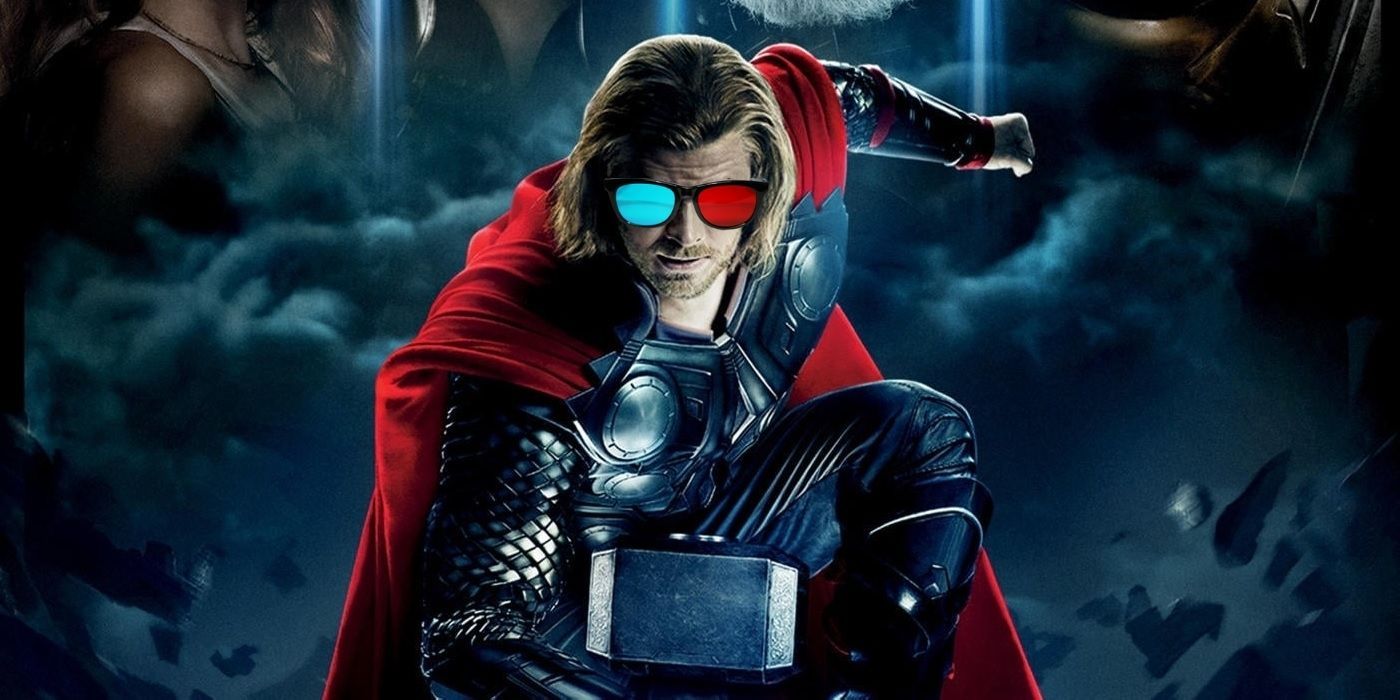A recent peek into the behind-the-scenes process of previous Marvel Cinematic Universe films has revealed that the post-credits scene for Thor is the reason Marvel doesn't use 3D cameras.
The details were revealed in the passages of The Story of Marvel Studios: The Making of the Marvel Cinematic Universe, a book detailing the creative processes throughout the MCU. The book states that the post-credits scene for Thor was originally filmed with 3D cameras, and it was created by Avengers director Joss Whedon. Originally intended as a test to determine whether The Avengers would be shot in 3D, it resulted in Kevin Feige being discouraged from the process entirely moving forward. It was so difficult, the book described it as "being an abysmal experience."
The scene in question was the very same that fans eventually saw, which is why it might surprise some people to hear how difficult it was. The post-credits scene is a roughly 90-second clip and consists of little more than the meeting of Samuel Jackson's Nick Fury and Stellan Skarsgård's Erik Selvig setting up the MCU's future. However, despite the seeming simplicity of the scene, the decision to shoot it with 3D cameras caused the filming process to be unnecessarily long. Jeremy Latcham, an executive producer on The Avengers, described the tedious shoot. He said, "It took so long to change a lens that it was truly awful. It was the longest day to shoot that tiny, tiny scene."
Perhaps the most worrying part of the whole ordeal was how it nearly cost Marvel one of its actors for The Avengers. Skarsgård's experience filming the post-credits scene caused him to ask Latcham whether this would be how the next film was shot, and if it were so, then he would not be starring in it. This would have been a significant loss for the film given the significance of Erik Selvig to the plot. Controlled by Loki's Mind Stone, he was used to help bring through Thanos' army, and after he was eventually freed he was instrumental in stopping the invasion.
Feige and Latcham both acknowledged that if the process had grated on Skarsgård enough to nearly make him abandon the next film, it would likely be a cause of unnecessary frustration for other actors in the MCU. As such, it was treated as a learning experience that caused Marvel to steer clear of 3D cameras entirely. The studio's films were still made available in 3D, but only by filming in 2D and providing the 3D conversion in post.
Source: The Story of Marvel Studios: The Making of the Marvel Cinematic Universe

